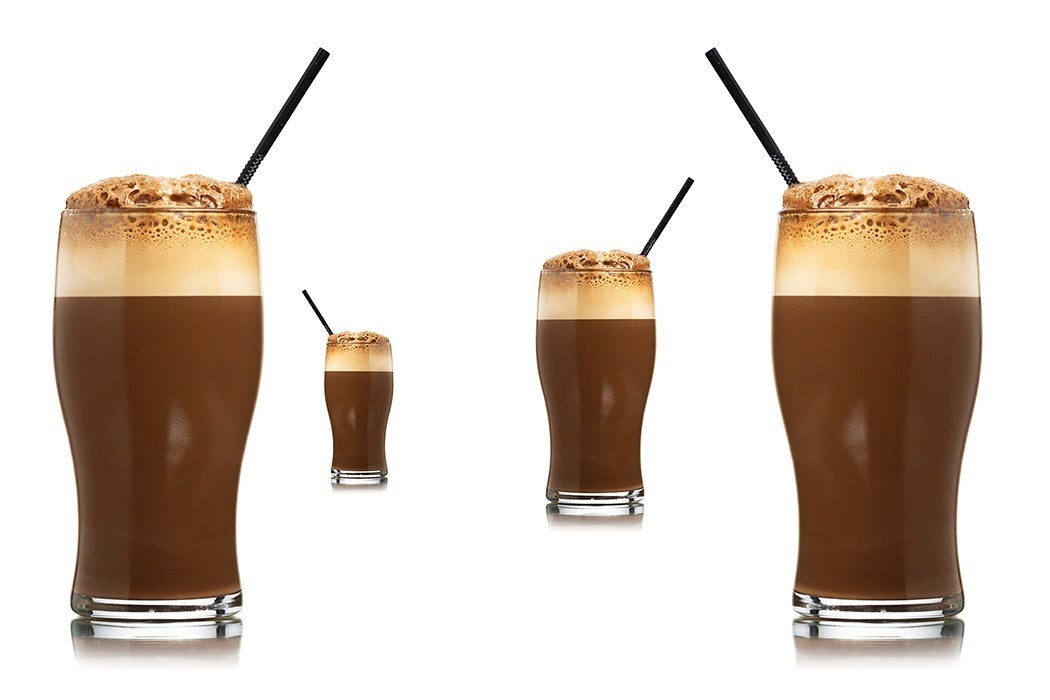July is National Ice Cream month. But what if you’re too poor for cream and the eggs that make ice cream so rich and delicious, what then? Well, then you make do. In the Lower East Side slums of Manhattan in the early twentieth century, they made the egg cream, an effervescent concoction of chocolate syrup, milk, and seltzer. That is correct: egg creams contain neither eggs nor cream.
As Andrew Coe tells the paradoxical drink’s history, for a nickel, you could pretend you were enjoying one of the delicacies found in tonier soda fountains up-town: “Somehow the lack of those two ingredients never bothered customers. Indeed, the name acknowledged their aspirations for something better.”
While the institution of the soda fountain has waned since its glory days in the 1930s–1950s, the egg cream has had something of a nostalgic revival with Brooklyn’s rise as a cultural hub in this century. Yet, as Coe reveals, the nostalgia elides the seamier side of the history. For once upon a time on the Lower East Side, there was a syrup racket. The business of egg creams was mobbed-up.
In the early 1930s, one Harry Dolowich was the boss of the flavored syrup industry in New York City. It was an era of near universal municipal corruption. Coe lists some of the industries taken over by racketeers by threats and violence: “kosher chickens, artichokes, neckwear, fish, laundries, restaurants, funeral parlors, construction, movie theaters, tailors, bakers, furriers, grapes, and miniature golf courses.” Dolowich was the wise guy who figured out that the syrup biz was wide open.
Mom and pop stores as well as the big syrup makers complained about the deadening hand of the racket, but nobody did anything about it until the Bronx DA, who hated the gang in charge of Manhattan, got Dolowich sentenced to jail. Ironically, in the pen Dolowich found himself on the outs with the racketeers who controlled the jail. That might have been sweet justice.
As Coe notes, there’s a lot of ritual associated with the making of an egg cream. And for some contemporary connoisseurs, it’s “a symbol of a lost past,” like Proust’s madeleine. The curious history he adds to the simple recipe keeps the egg cream’s bubbles bubbling.
Editors’ Note: This article has been changed to correct a spelling error. It was later updated to make the pull quote shareable.







